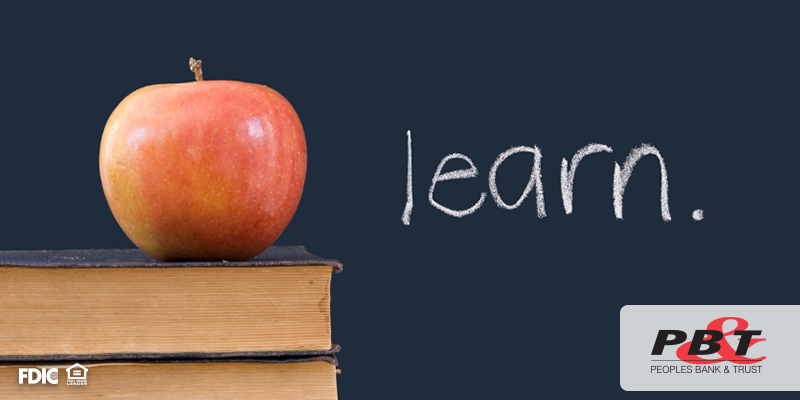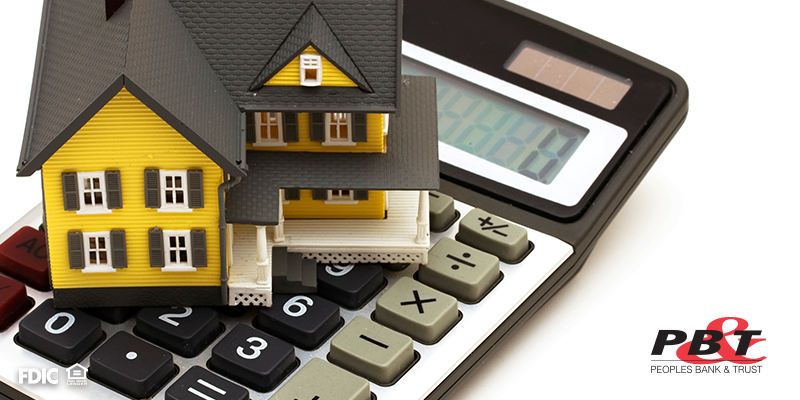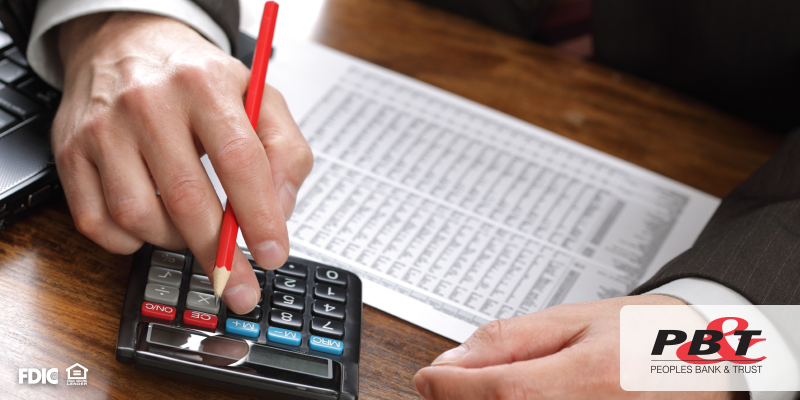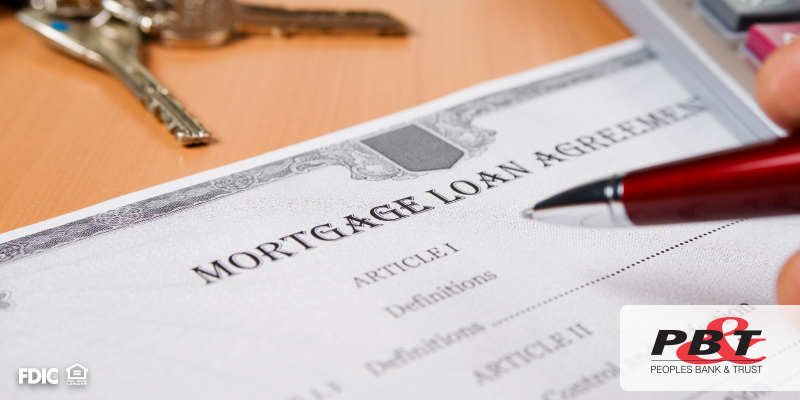
You’ve taken all the tests, memorized all the vocabulary, and made your way across the stage. But what comes next? After graduation there are many questions that come with your diploma. Things like, how am I going to pay for rent? Or, how much should I budget each month for food? Not everything in life is as simple as A, B, C, or D. That’s why Peoples Bank & Trust is excited to help young adults with the complex questions of budgeting and personal finance. Find the answers to your financial curiosities with our handy Budgeting 101 study guide!
- Identify money coming in. Look past the salary or hourly rate on your contract and focus on take-home pay. How much will you bring in after taxes? When do you see this pay-off – weekly, biweekly, or monthly? Factor in other sources of cash flow too, like earned interest or paychecks from a part-time job. Understanding what you own dictates how you spend.
- Establish money going out. Divide monthly expenses into three major categories: fixed costs, savings, and discretionary. Rent, utilities, food, gas, and debt comprise the fixed costs and determine funds for the remaining categories. Savings should include an emergency fund as well as allocation for retirement or down payments on vehicles or homes. Discretionary – the Fun Fund – is the most flexible and can ebb and flow with changes in income and expenses.
- Balance steps 1 & 2. The purpose of budgeting is to provide control over your financials. That means ensuring that money going out doesn’t exceed money coming in to keep your head above the debt line. If you find your listed expenses exceed your income, pick one of two options: seek ways to boost income or scale back expenses.
- Pick a management system. Armed with a financial plan, equip yourself with tools to help you stick to it. Traditional but trusted, the envelope method helps you keep funds in physically separated expense categories. Once money runs out from that month’s envelope, it’s gone unless funds can shift from other envelopes. A number of free or low-priced mobile apps can give you even tighter control of your budgeting, providing real-time updates of spending and handy visuals of your progress.
- Track progress. A long-term financial plan is simply a series of short-term goals. Monthly check-ups help you gauge success from the month, making sure you stayed on target. You can adjust funds as income or expenses fluctuate and spot ways to economize your budget.
Want to take your budgeting up a notch? Meet with one of our new account representative to determine which type of bank account can help you optimize your budgeting and saving plans.
Peoples Bank & Trust Co.
Equal Housing Lender
Member FDIC










